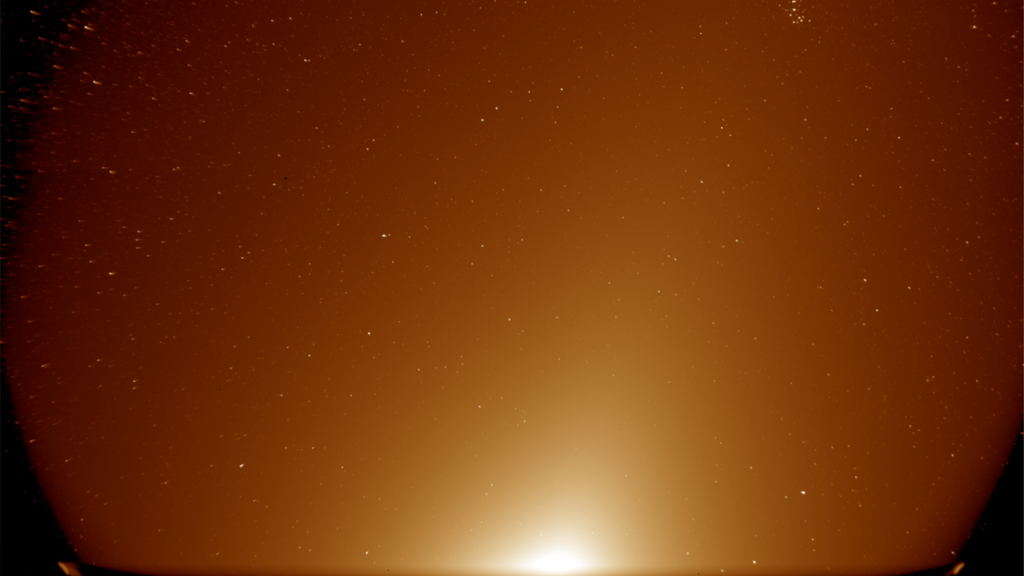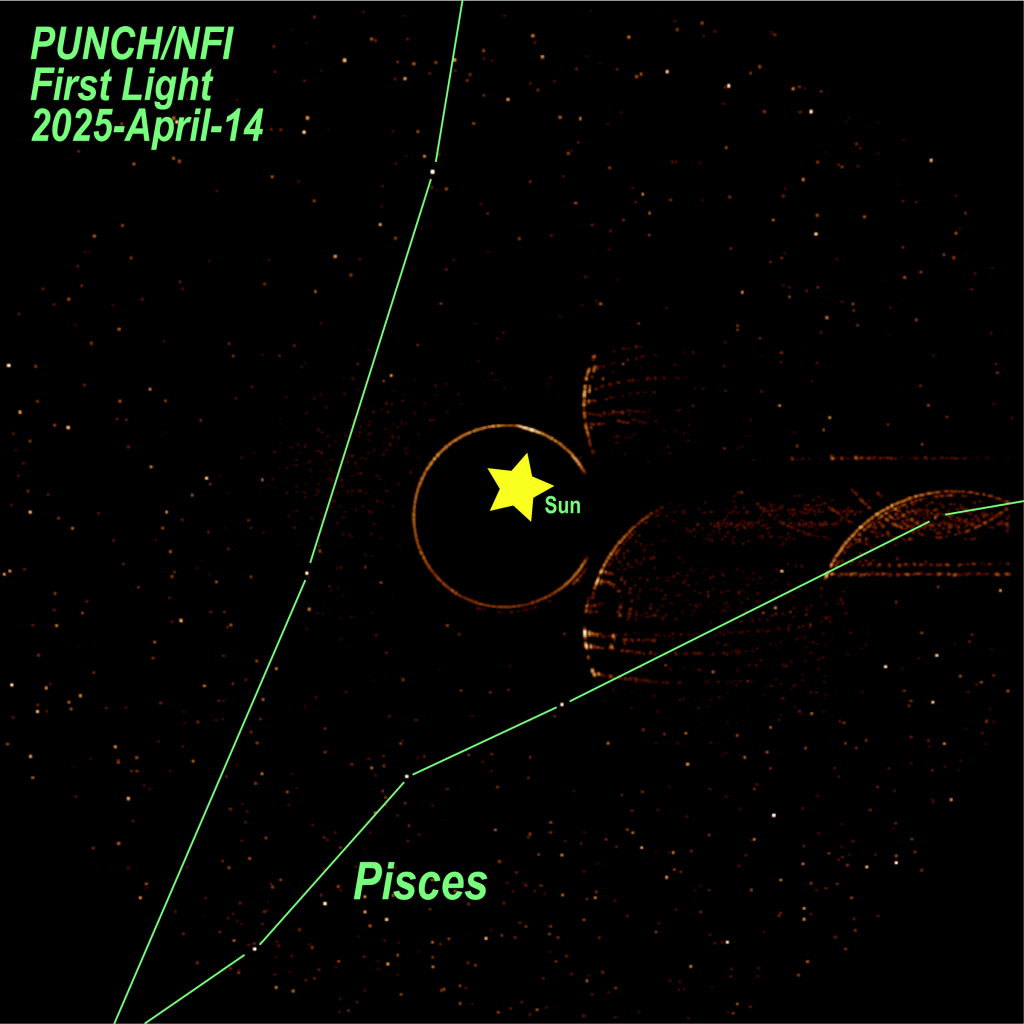Science News

Source: Earth.com
How and why modern humans survived and Neanderthals vanished
Around 41,000 years ago, Earth’s magnetic field underwent a chaotic shift that temporarily weakened the planet’s natural protection

Source: The Conversation
Scientists found a potential sign of life on a distant planet - an astronomer explains why many are still skeptical
The exoplanet K2-18b could harbor a massive ocean, but scientists will need to study the planet more to see if it’s really likely to host life.

Source: Mirage News
Research Unveils Complex Chromosomal Shifts in Stick Insect
LOGAN, UTAH, USA – Understanding the material basis of adaptive evolution has been a central goal in biology dating back to at least the time of

Source: The Brighter Side of News
Earth’s magnetic field failed 41,000 years ago - forever changing human evolution
Earth’s magnetic field nearly collapsed 41,000 years ago, lighting up ancient skies and reshaping human survival in several ways

Source: Space
NASA's sun-studying PUNCH mission captures its 1st-light images. Everything looks great so far
NASA's PUNCH sun-studying mission has seen first light — and the team says all four instruments are indeed working as expected.

Source: Astronomy Magazine
PUNCH sees first light
The constellation of four satellites can take both narrow- and wide-field images of the Sun to study its corona and solar wind.

Source: Mirage News
Dimming Starlight to Discover New Exoplanets
WASHINGTON — Researchers have developed a new coronagraph — an optical device that blocks out light from a bright source — that could make it possible

Source: News-Medical
Zinc found in glassware may impair embryo development in IVF
The research team discovered that glassware used to manipulate and culture fertilized eggs in the fields of assisted reproductive technology (ART), livestock farming, and basic research contains toxic substances that interfere with the development of fertilized eggs (embryos).

Source: SingularityHub
This Living Building Material Forms Bone-Like Structures and Could One Day Repair Itself
Scientists combined fungi and bacteria into a "living material" that stays alive for up to a month and can form bone-like structures.

Source: Forbes
Trump’s NASA Cuts Would Decimate U.S. Venus Science
President Trump’s preliminary NASA budget cuts would obliterate years of progress on planned Venus space missions and research, says prominent planetary astrophysicist.